How to price digital downloads (you’re charging too low)

For some creators, selling digital products can provide extra income in addition to their main job. For others, it becomes a full-time business.
What these cases have in common is that they both leverage the undeniable benefits of selling digital downloads. And, the most appealing reasons are the high-profit margin and huge potential. Plus, they’re infinitely scalable!
But, what’s also clear is that the profitability of selling digital goods will largely depend on your product pricing:
Should you sell digital files at a higher price or a lower price? What’s the sweet spot? What’s the right pricing approach?
To help you find the answers to all these questions, I’ve put together an article with tons of valuable information on pricing strategies. Are you ready? Let’s get into it!
3 fundamental pricing strategies for digital products (pros & cons)
As a business owner and creator, you’re probably aware of all the different digital pricing models out there—each with its own pros and cons. So, to avoid going down an endless rabbit hole, let’s take a detailed look at the top three pricing strategies that most businesses will use.
Value-based pricing strategy
Value-based pricing is a strategy that sets prices according to the estimated value of a digital product.
It is widely used by some of the most successful creators online, and there’s a good reason for that:
According to a study conducted by ResearchGate, value-based pricing is the most suitable approach for a company aiming to optimize its profitability.
Let me explain:
With value-based pricing, you emphasize product quality over quantity. So, instead of pricing your digital products according to the cost of production and distribution (also known as cost-based pricing), you price them according to what they’re worth.
In other words, you can price them above the market average—this will help you earn more profit in less amount of time. And, that’s because, for a lot of people, higher pricing equals, or implies, higher quality.
For instance, instead of earning $15 from three eBooks priced at $5 each, you could just charge $15 for the same product and get that money from a single customer.
But, to really make this strategy work for you, you will need to convince your customers, and ensure that they have a clear understanding of what value you are offering. You can do that by highlighting the benefits.
Ask yourself:
What’s unique about my product or service? What makes it special or different? Why would people want to buy my product?
Once you’ve figured all of that out, you can communicate it to your customers, get them hyped up about your product, and then launch.
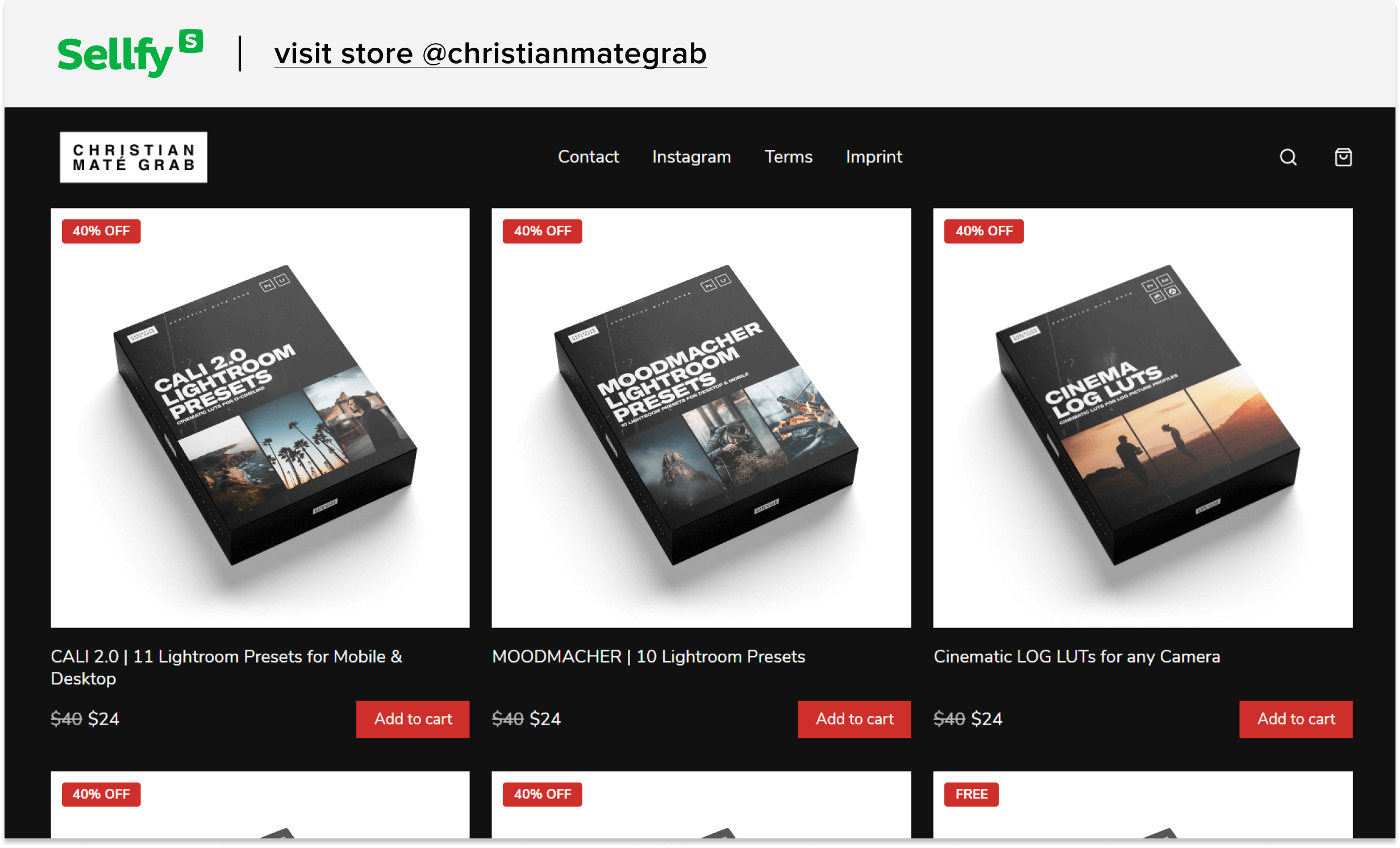
The pros:
- You determine the real value of your product
- You’ll have more control over the profit
- Helps maximize profits in no time
The cons:
- Overcharging may backfire
- Higher pricing may narrow down your target audience
Cost-based pricing strategy
The cost-based pricing model is a strategy that sets prices according to the actual production or distribution cost of a digital product.
While it isn’t as popular (or profitable) as other pricing strategies, it is the most straightforward method of determining a price. It involves very little market and customer research, which is why a lot of new business owners start out with this strategy first.
It’s also a pretty safe option when there’s little to no data on how much your customers are willing to pay for your product.
The downsides? There are quite a few:
Cost-based pricing may not be enough for covering additional expenses such as website, design and hosting fees as well as taxes, accounting, etc. So, this is something to keep in mind.
And, since this strategy is strictly based on production costs, there’s a risk that you may end up underselling your product or services.
In all honesty, it isn’t exactly the best way to maximize profit margins.
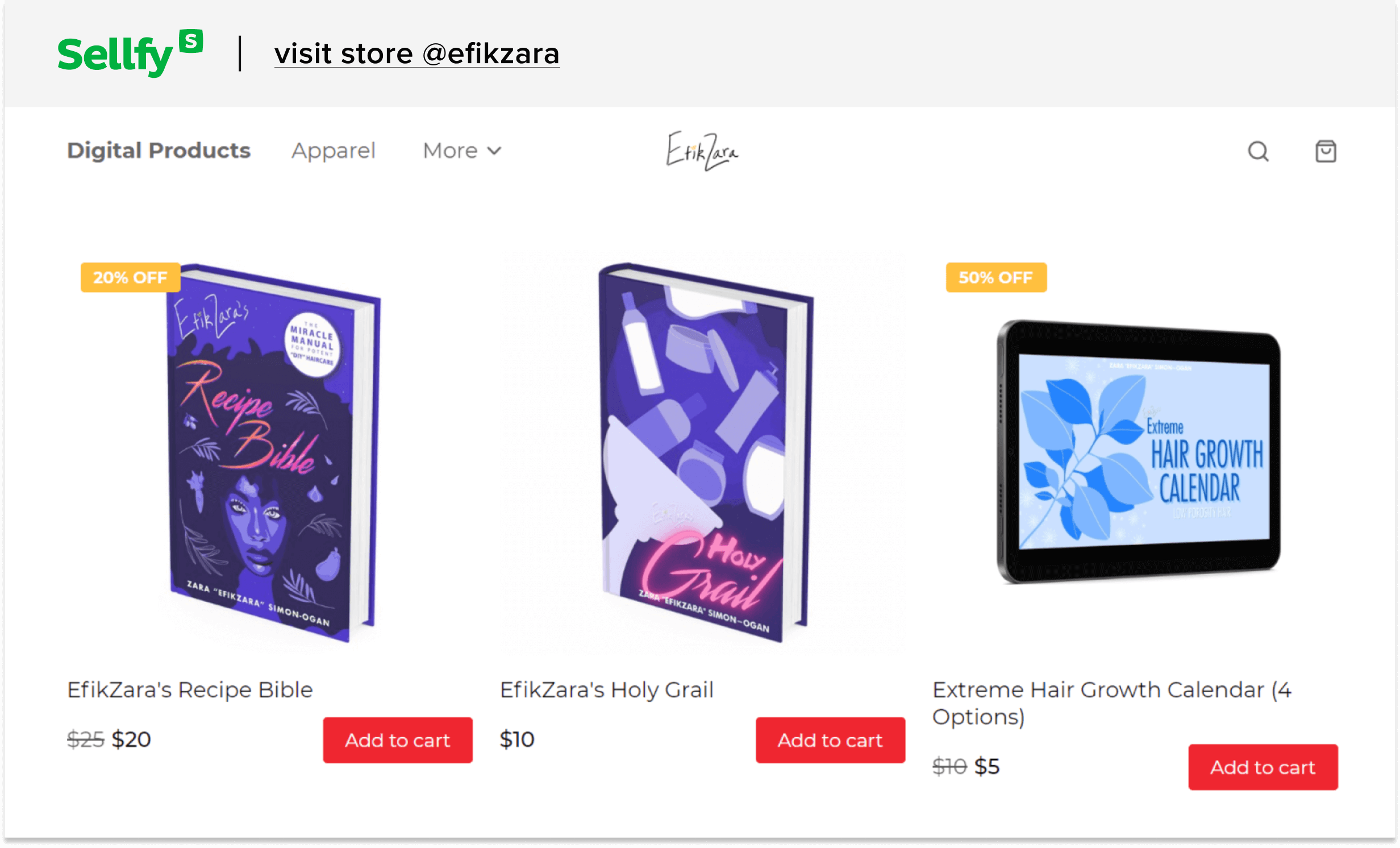
The pros:
- One of the most straightforward pricing options
- Appears fair and justifiable (ensures a reasonable price)
The cons:
- Risk of underselling your product or service
- Not the best way to maximize your profits
- May not cover necessary business expenses (fees, taxes, etc.)
Competition-based pricing strategy
Competitor pricing is a strategy that sets prices according to your competitors. Using this strategy requires researching your competitors and using their prices as a benchmark for your digital products.
According to the Revenue Management Labs, competition-based pricing is most often used by companies or products that are new to the market.
This may or may not be good for two reasons:
- On the one hand, if your competitors have very low prices, then you may end up undercharging;
- On the other hand, if your competitors have higher prices, you could easily justify having higher prices, too.
So, as you can see, competition-based pricing can definitely work in your favor if your niche market is already known for prestige pricing (using higher prices to suggest exclusivity).
If it is, then it’ll be easy for you to implement and price your products accordingly. However, if your competitors prefer charging lower prices, then this may not be an ideal strategy in the long run.
To keep your business running, it is important to price your products high enough. So, carefully consider whether this option is right for you, and make sure that you research the market first.
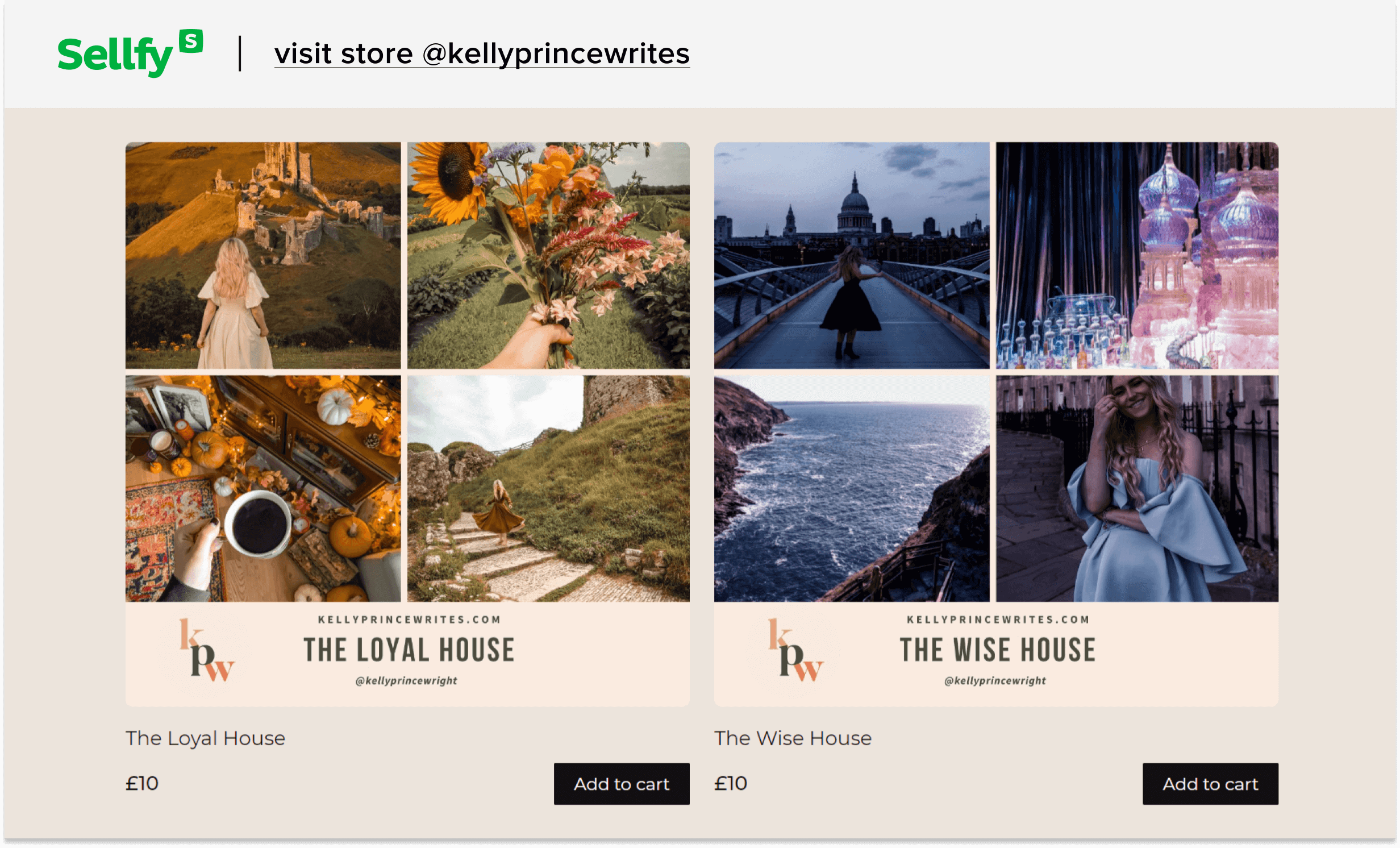
The pros:
- Easy and accurate to follow and implement
- A justifiable and low-risk model
The cons:
- Consider if you want your competitors to determine your prices
- The prices may or may not reflect the true value of your product
Experiment with higher pricing (you’re charging too low)
Let’s be honest:
More often than not, financial management is one of the biggest woes of running an online business, especially when all you want to do is create content.
So, how do you keep your business and your creativity simultaneously afloat?
The answer is simple:
Charge higher.
When you charge too low, your customers will likely perceive your product as having little value.
Remember, digital product pricing doesn’t have to be set in stone—in fact, experimenting with different strategies can bring surprisingly good results!
So, don’t be shy—take control of your business and charge higher!
How to price digital downloads & charge more (advanced strategies)
Now that we’ve gone through the top three fundamental pricing strategies, and why you should charge higher, we can move on to more advanced strategies for pricing your products and maximizing your profits. So, let’s dive in!
Tripwire pricing
Tripwire pricing is essentially a crazy cheap offer that your customers (or leads from a landing page or email opt-in) cannot say no to. Well, technically, they can, but a tripwire offer will usually be so good and rare that it would seem like absolute insanity to refuse.
And that, right there, is why tripwire pricing is such an effective tactic! When people realize that it isn’t another “too good to be true” case, they will instantly grab the offer before it’s gone.
Also, most people are more willing to pay for something when they realize that it isn’t just an extra generous offer, but also highly valuable.
So, if you want to go ahead and use this strategy, then it’s a good idea to consider whatever is currently in high demand, and then meet that demand.
However, the point of tripwire pricing isn’t filling your pockets with insane amounts of money from day one. As you may have already guessed, the actual purpose of this is to convert potential leads into long-term paying loyal customers.
The more loyal followers you’ll have, and the more trust you’ve established with them, the higher your chances of them buying more from you in the future.
So, when you do finally offer other products, you could actually price them much higher.
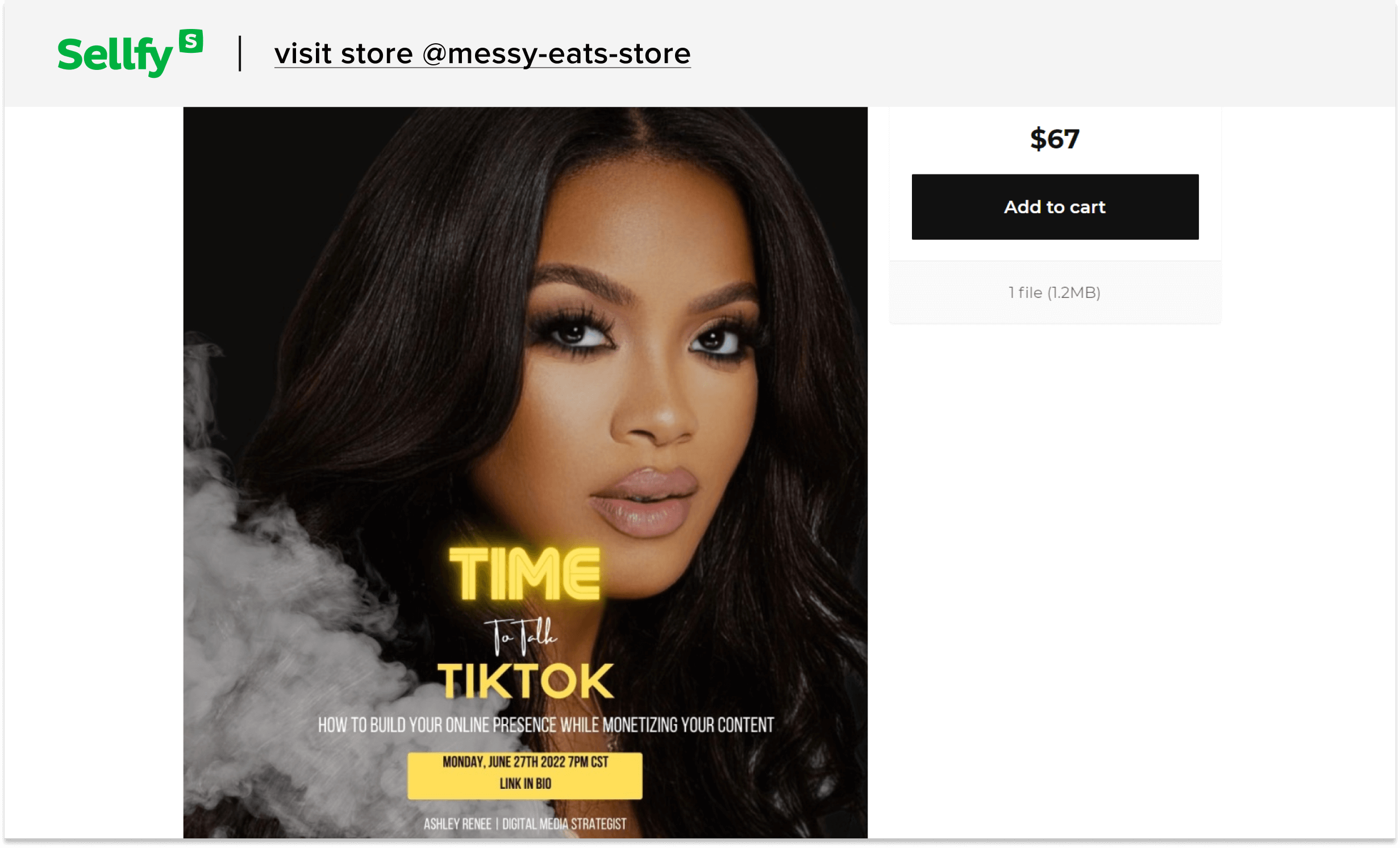
Here’s why you should experiment with tripwire pricing:
- Perceived as an irresistible deal that nobody can refuse
- A great way to generate leads and encourage conversion
- The goal is to get new customers
- An excellent way to introduce your brand and the value you have to offer
Pay-what-you-want (PWYW) pricing
Pay-what-you-want (PWYW) pricing is a strategy that lets your existing customers decide how much they want to pay for your product.
While this may sound counterintuitive, it’s actually one of the most powerful tricks in seller and customer psychology—it gives your customers the freedom and the power of choice.
Think about it:
If you had control over how much you could pay for things, then you’d likely go ahead and make a purchase, wouldn’t you?
Another reason why I recommend using this strategy? It’s very inclusive. What I mean is that it doesn’t narrow down your target audience and exclude anyone—any customers will be able to buy your product.
And, you never know who will end up buying your product! I mean, who knows? Maybe you’ll get a millionaire customer someday, right? A business owner can dream.
But, in all seriousness, this is a strategy worth trying if you have customers who absolutely love your content.
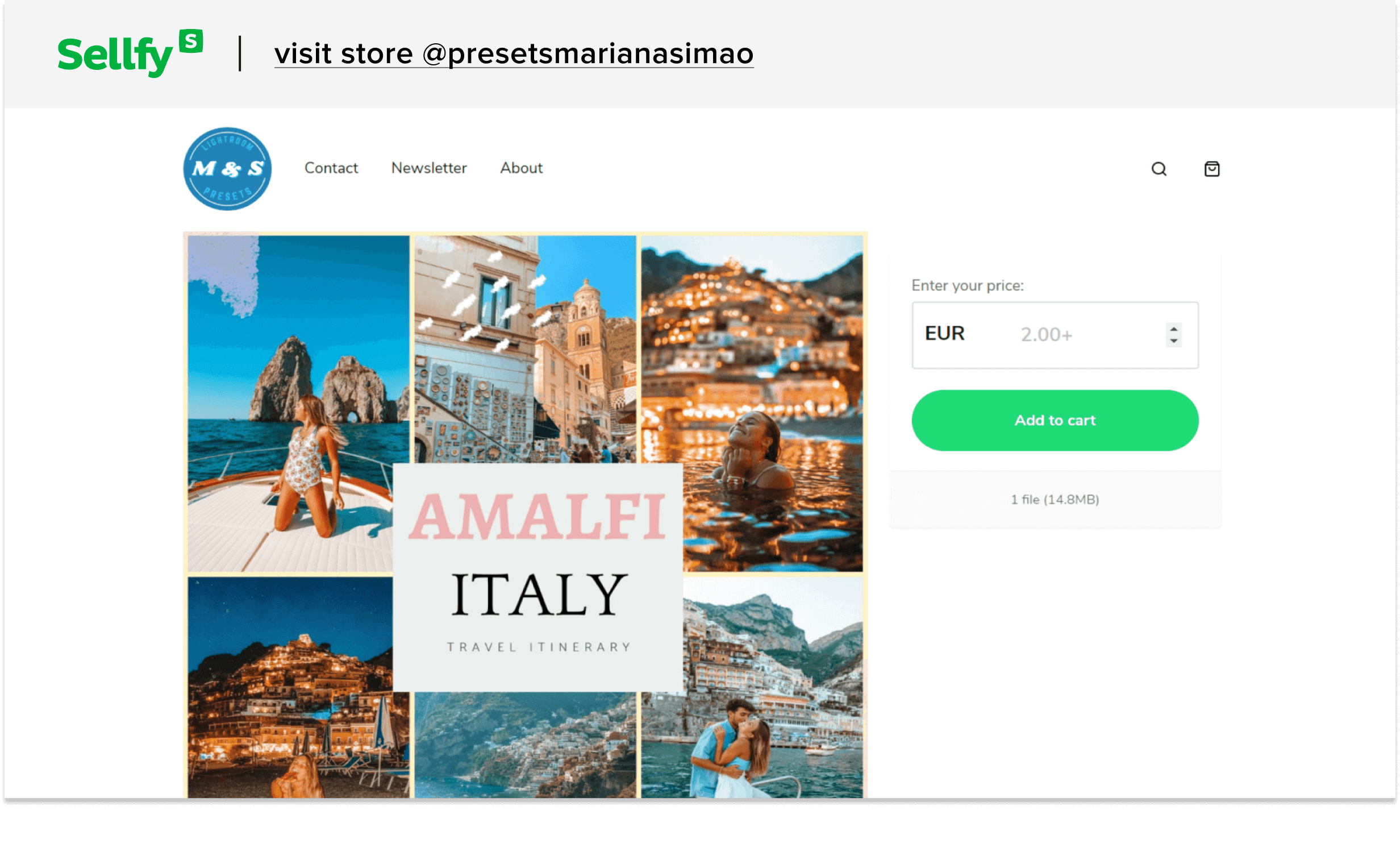
Here’s why you should experiment with pay-what-you-want pricing:
- All-inclusive pricing model
- Freedom of choice is a powerful thing
- Surprisingly profitable (you could get a customer willing to pay more!)
- Works amazingly well for creators who are loved by their fans
Product bundle pricing
Product bundle pricing is a strategy of selling similar products together at a combined (and often reduced) price.
So, instead of offering just one digital product, you could also offer an all-in-one set of similar products and market it as an amazing deal for your customers.
For example, some business owners will use this pricing strategy as part of a time-sensitive campaign to drive sales and FOMO (fear of missing out). Because let’s be honest, almost none of us can resist a good deal that will expire in X amount of time.
Another benefit of product bundle pricing is that it displays more value for the products. By grouping your best products together, you can effectively increase your average order value.
Plus, buying multiple products in bulk will seem like a more attractive deal to most customers, especially when it’s at a reduced price.
Not only is product bundle pricing a clever strategy for increasing your order value, but it also gives you leeway to use upselling.
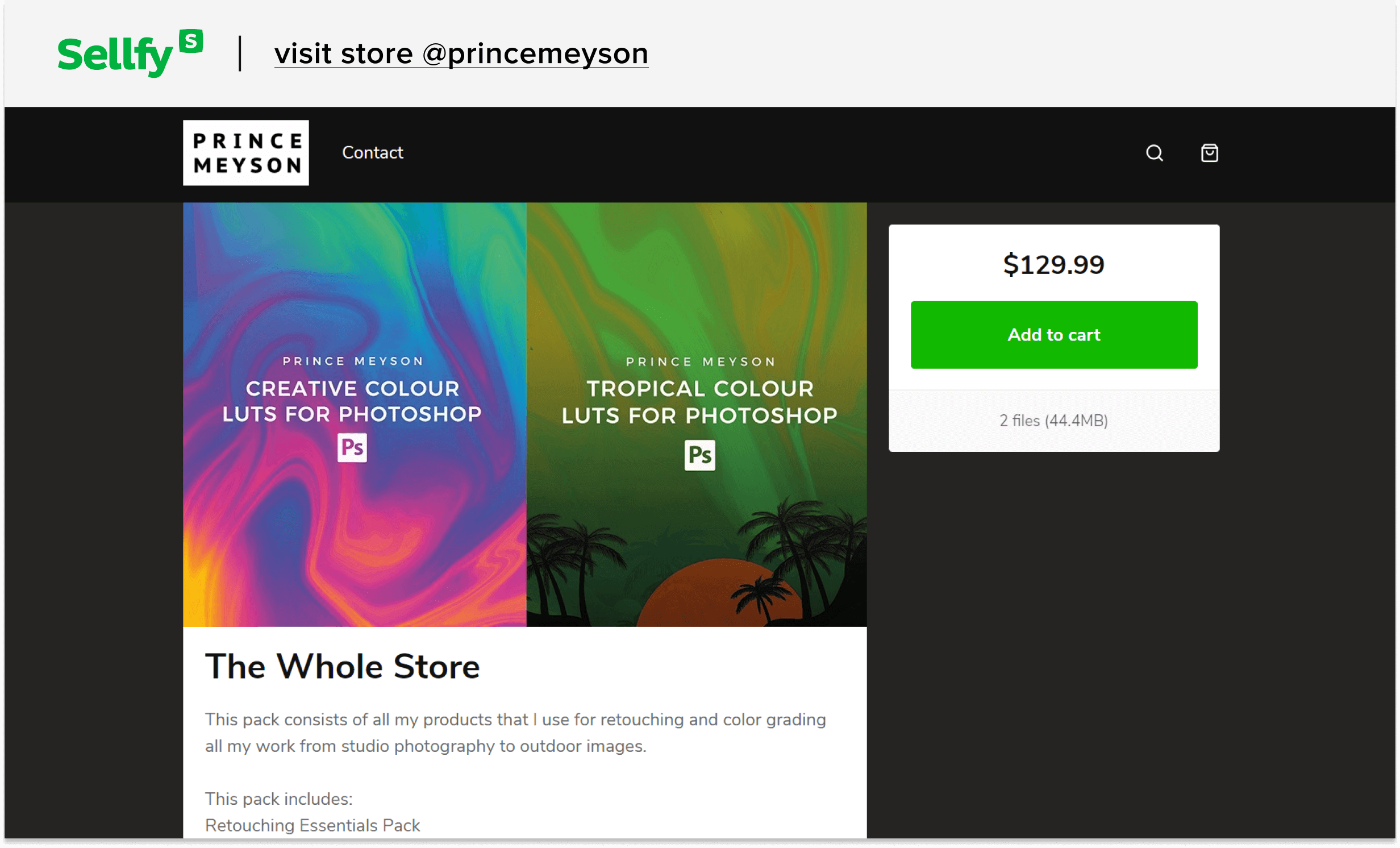
Here’s why you should experiment with product-bundle pricing:
- Works really well for time-sensitive campaigns
- Increases your average order value and sales volume
- Attracts more buyers
- Lets you upsell complementary products
Discount pricing
Discount pricing is a pricing strategy of setting prices above the market average and then offering discounts or doing occasional sales.
As I’ve mentioned before, higher-priced digital downloads translate into higher-value customers and therefore more money.
Also, to attract more sales, you could combine this pricing strategy with freebies or bonus gifts—that way, your customers are more likely to feel that the expensive purchase was worth it.
Then, every once in a while, you could do a special sale with temporarily reduced prices. This will help you sell digital products in higher volumes and increase your traffic. It will also increase the perceived value of your products.
An expensive item at a discounted price?! Who could resist that, right?
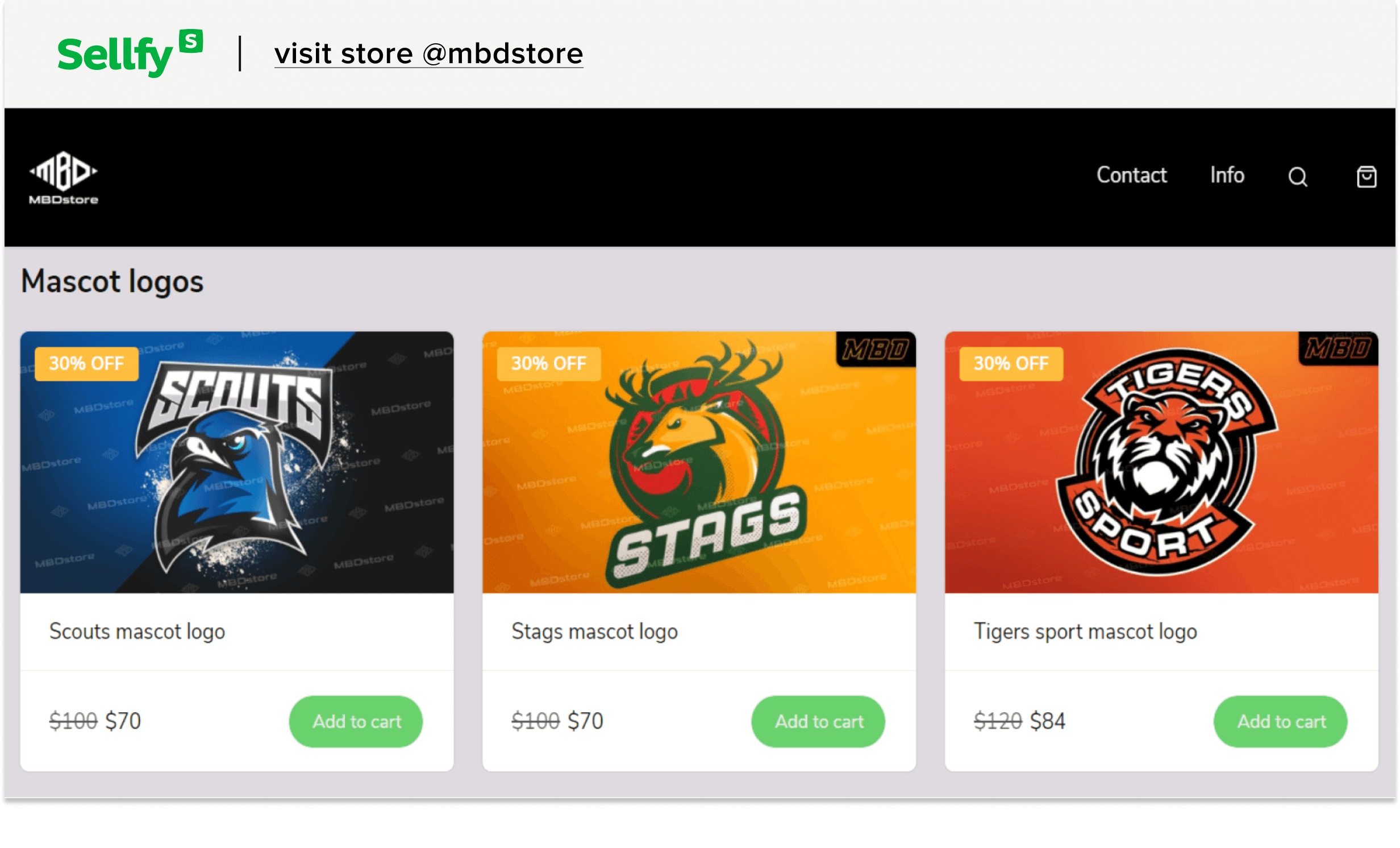
Here’s why you should experiment with discount pricing:
- Reduced sales prices won’t fall below the market average
- Covers all business expenses
- Ensures a stable (and higher!) income
- Attracts higher-value customers
It’s not what you make, it’s what you keep
In order to keep as much of your income as possible, you will need to reduce some of your business expenses from the get-go.
And, one of the biggest business expenses that a majority of creators will have is marketplace or eCommerce platform fees.
So, how do you avoid losing your hard-earned money? How do you optimize your expenses so that you can keep more in your pocket?
Well, I’m here to tell you that you don’t have to be on a sinking ship of hidden fees and other business expenses (like design costs) just to run an online business.
There are ways to reduce and minimize your expenses, and one of the best ways to do that is to avoid selling on marketplaces, or signing up for major eCommerce platforms like Shopify.
A lot of these platforms come with hidden fees. For instance, Etsy will charge a hefty percentage of your sales, while Shopify will charge a hefty fixed price (their cheapest plan is $29/month).
So, here’s how to tackle this issue:
- Use a reliable eCommerce platform like Sellfy (no hidden fees, I promise!);
- Use free design resources and tools to create an awesome digital product.
I’ll show you how to do everything in the next steps, so keep on reading.
Optimize your expenses from the get-go: open a Sellfy store!
Say goodbye to hidden marketplace fees and open an easy-to-use online store in less than five minutes.
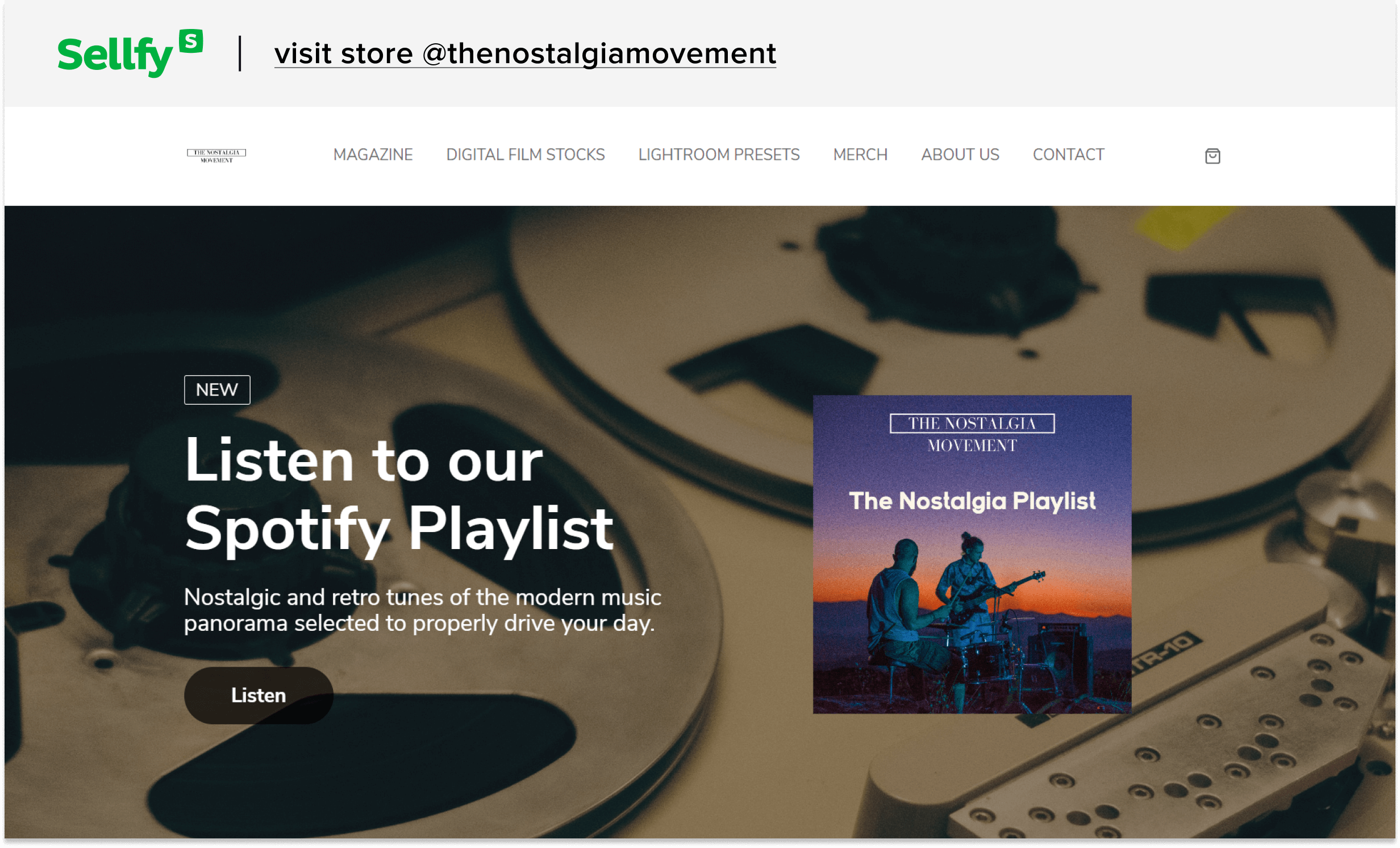
Here’s how to save more money with Sellfy:
- Sign up for one of Sellfy’s paid plans, or start a 14-day free trial period (all you need is a valid and verified email address). If you need access to more features, you can always upgrade to a paid plan later.
- Choose one of our premade store themes, or use Sellfy’s Store Customizer tool to customize your shop from scratch.
Now that you’ve set up your shop, you can start adding products! Locate the option to add digital products under your dashboard’s PRODUCTS section. Then, click Add new product and start uploading your product files.
Once you’ve created your products and added your designs, you can generate mockups or use your own product images.
Creating mockups with Sellfy is super simple—we provide product images that you can preview and download on the Edit product page.
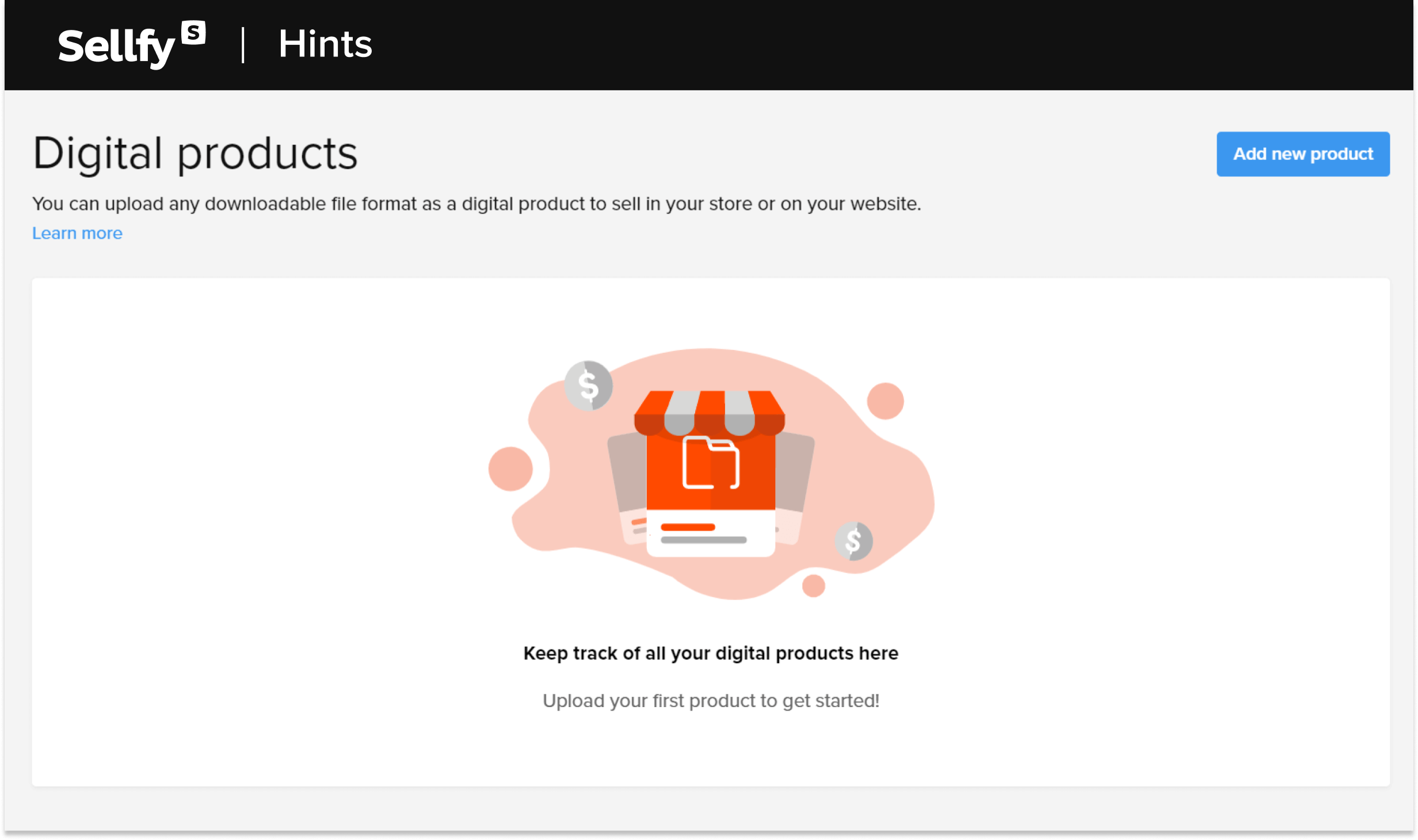
Optional: connect your domain or embed
If you already have an existing website, you can connect your domain or use one of our Embed options to integrate the Sellfy checkout, specific digital products, or the whole store into your existing website:
- Buy now button—allows you to add a call-to-action button that can be paired with your own site design, product images, and description.
- Single product—allows you to feature a single product along with the description, Buy now button, and uploaded images. You can customize it on Sellfy and embed the code on your site.
- All products—allows you to add the whole Sellfy storefront with all of your digital products to your site.

Ready to get serious with your business? Pick a Sellfy plan!
Are you ready to get serious with your digital products and start selling? Then it’s time to upgrade or pick a pricing plan!
Sellfy has three different subscription plans for digital content creators like you:
- Starter—for creators who want to sell an unlimited number of digital products, get access to 2000 email credits, and use a custom domain.
- Business—for creators who have high sales volumes and want a white-label store, store design migration, cart abandonment, product upselling, and 10,000 email credits.
- Premium—for creators who have the biggest sales volumes and want product migration, priority support, 50,000 email credits, and extra tools to promote their digital products.
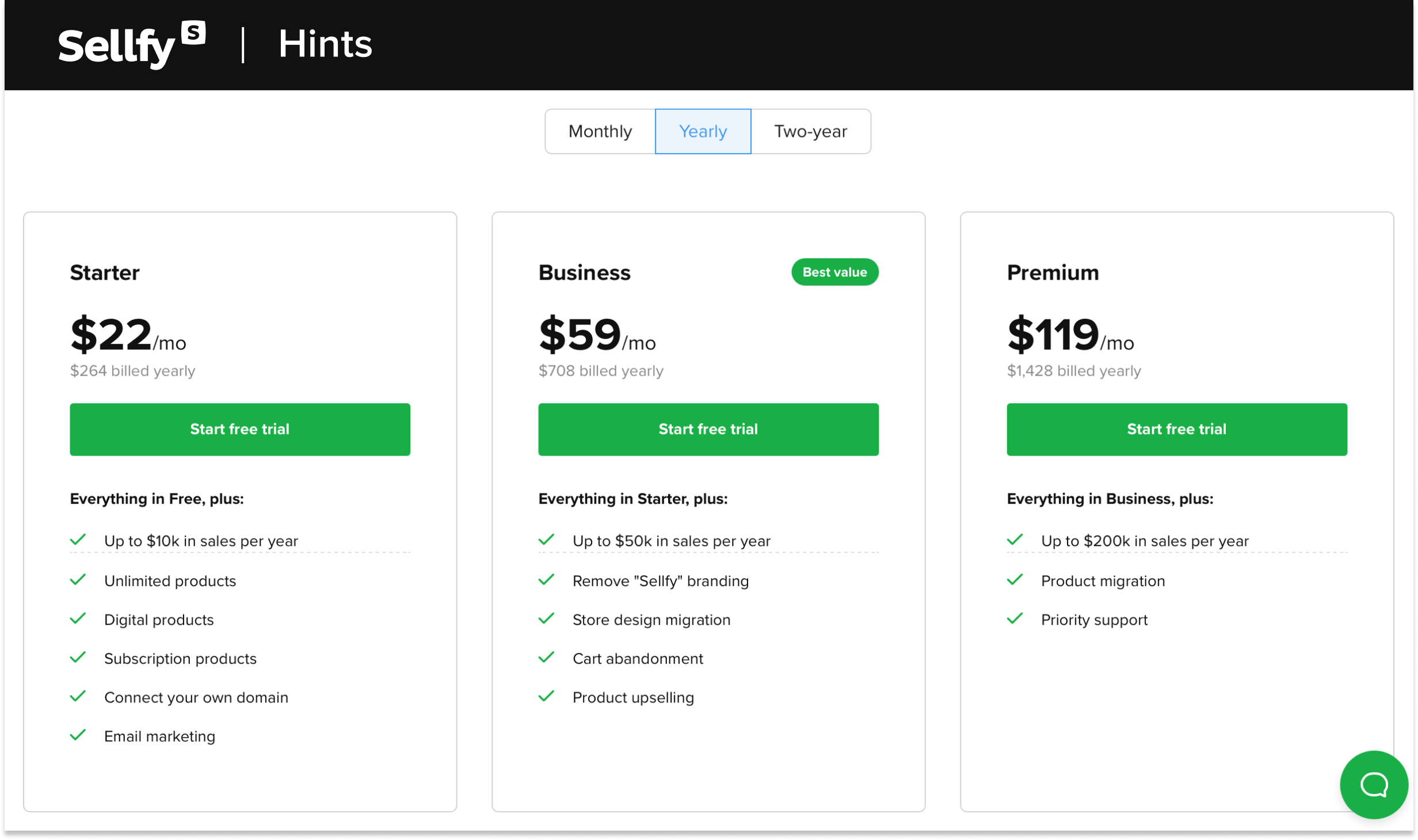
And, last but not least: optimize your expenses with free design tools
Paying for a design is another potential business expense that can affect your profit and burn a serious hole in your wallet. But, luckily for you, I’ve already done the homework on free design tools and resources! So, let me share my findings with you.
To find designs for your digital products, you can browse the following resources:
- Vexels—vector images for t-shirts and other types of products.
- Shutterstock—thousands of free stock images and vector images.
- Flaticon—1,720,000 icons in every category.
- Freepik—stock art that requires a license for commercial selling.
- Creative Market—a marketplace with over 880,000 ready-made graphics.

You can also check out Clint English to find custom designs. This awesome Sellfy store sells high-quality graphic design templates—from text effects, fonts, and illustrations to textures and pre-made artwork!
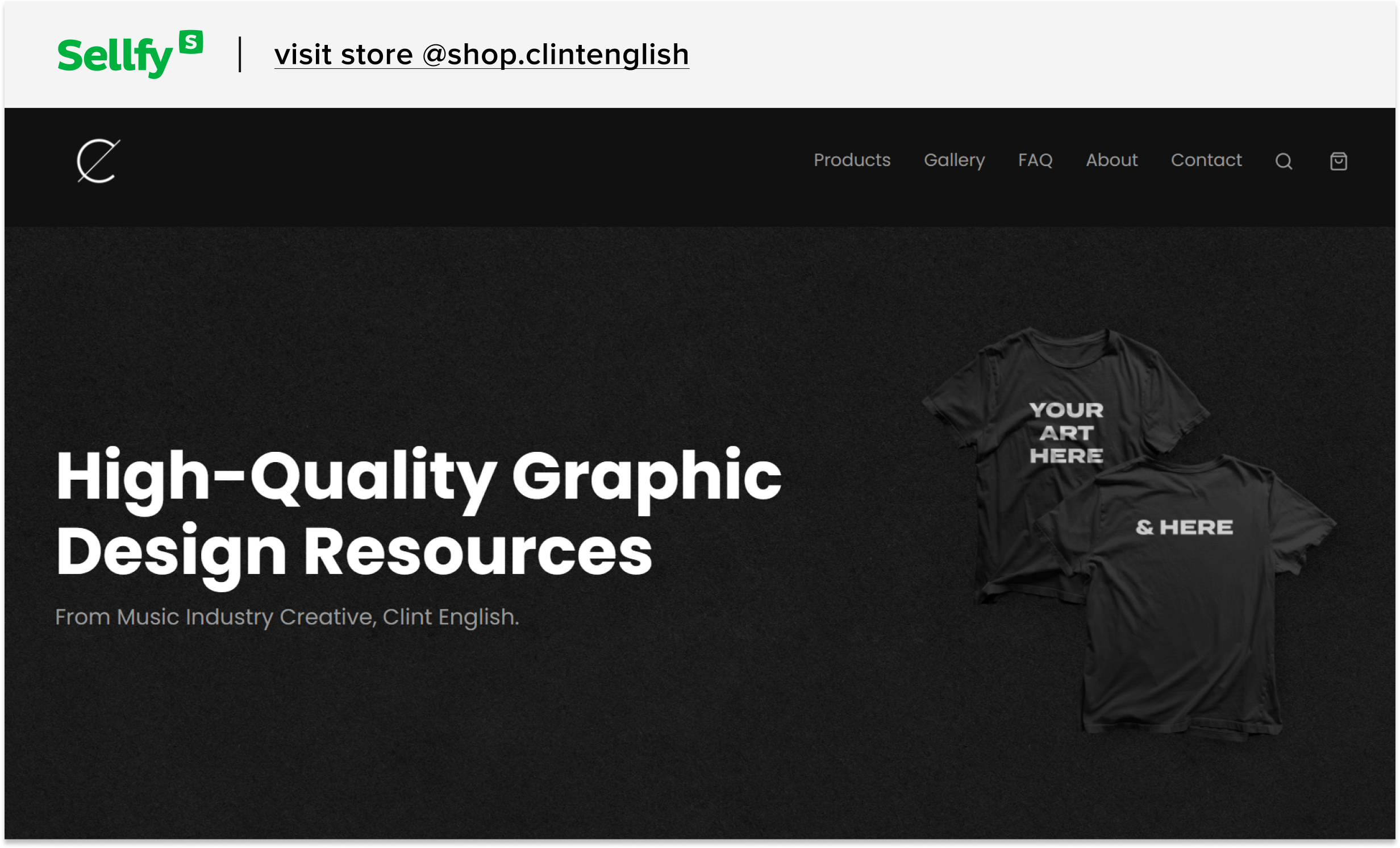
Then there are free and paid design programs like Inkspace, Adobe Photoshop, and Illustrator that you can use to create illustrations, logos, or typography. If you have an iPad, you can get a highly intuitive design app like Procreate.
And, last but not least, you can try a beginner-friendly design platform like Canva, which has thousands of free pre-made design templates.
However, if you don’t mind paying for a design and you have the budget for it, then you can get a freelance graphic designer to help you out.
Here’s where to find the best designers for turning your design ideas into reality:
- 99designs—the go-to graphic design site for most online business owners.
- Upwork—the biggest freelance marketplace for finding talented designers.
- Fiverr—a beginner’s space where you can hire graphic designers for as little as $5.
- Dribble—a great platform that is known for having reputable designers.
Time to sell digital downloads at a higher price
Now that you know all about pricing digital products and how many sales you could potentially get, it’s time to start selling! All it takes is a Sellfy store, a little marketing, and smart product pricing, and you’ll surely be on your way to earning a steady income.
So, to get that first digital download sale make sure to:
- Create a digital product that is in high demand.
- Conduct customer research.
- Choose the best price to reflect as much value as possible.
- Do a little marketing.
- Kick back and relax, and watch buyers pay for your digital products!
To learn more about selling digital downloads or other products such as print-on-demand merchandise or physical products with Sellfy, make sure to check out our blog for useful tips and tricks. Good luck!






